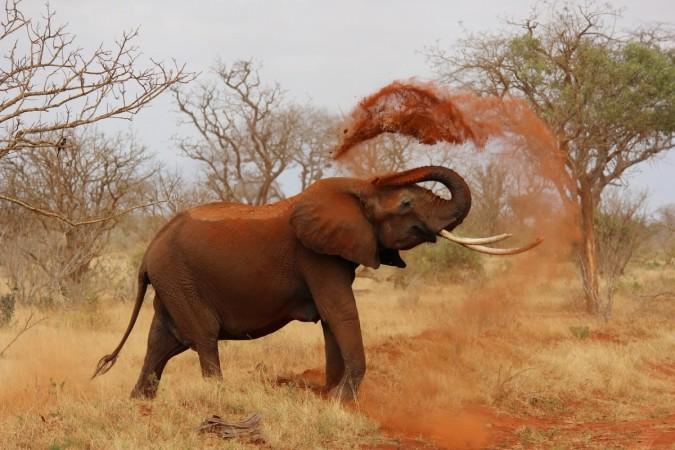
Elephants – one of the most intelligent creatures on the planet – are cheekier than we could have imagined. Hiding in plain sight, as it turns out, there are more than just Asian and African species of elephants, as genetic analysis has now revealed that African elephants represent two different kinds of species altogether.
Scientists discovered a rather complex history of interbreeding in what is believed to be the most comprehensive genome study carried out about elephants till date and the species involved in the study were the three living species of elephants as well as their ancestors – mammoths and mastodons.
"The most surprising result was the degree of interbreeding between species," says one of the team, David Adelson from the University of Adelaide in Australia. "We didn't really expect there would be gene flow between the mammoths and mastodons and the ancestors of modern elephants, but our results showed frequent interbreeding."
The study involved scientists taking a closer look at genomes panning to seven different extinct and living species, including one of even a preserved sampled of a straight-tusked elephant that lived some 120,000 years ago.

Upon analysing these genomes – or DNA footprints, as they are known – there was significant evidence of gene flow, which is the spread of genetic variation from one species to another, via mating. This was primarily in allowing researchers to trace back today's elephants' lineage.
"The combined analysis of genome-wide data from all these ancient elephants and mastodons has raised the curtain on elephant population history, revealing the complexity that we were simply not aware of before," says one of the researchers, Hendrik Poinar from McMaster University in Canada.
The added proof of more gene flow and interbreeding, than what was previously expected by experts, is what's provided with a three-branched evolutionary family tree model for today's elephants.
But experts also believe that isolation has played a role in this too. African elephants can be mainly classified into those that inhabit forests and those that roam the savannas, and as per the study, there's been no gene flow or interbreeding between the two in the last 500,000 years.

This is enough proof to settle the doubts hovering over whether or not the forest elephants and the savanna elephants are two separate species – an issue that has been a scientific debate for years now. But at the same time, researchers behind the study are also hoping that these findings help boost separate conservation efforts for both species of African elephants.
However, the fact that elephants today are not as keen on interbreeding as they were in the past, is what has urged researchers to indulge in future studies to find out if this puts them at an evolutionary disadvantage.
"Interbreeding may help explain why mammoths were so successful in such diverse environments and for such a long time," adds Poinar. "Importantly this genomic data also tells us that biology is messy and that evolution doesn't happen in an organized, linear fashion."
The study was published in Proceedings of the National Academy of Sciences.









!['Had denied Housefull franchise as they wanted me to wear a bikini': Tia Bajpai on turning down bold scripts [Exclusive]](https://data1.ibtimes.co.in/en/full/806605/had-denied-housefull-franchise-they-wanted-me-wear-bikini-tia-bajpai-turning-down-bold.png?w=220&h=138)



